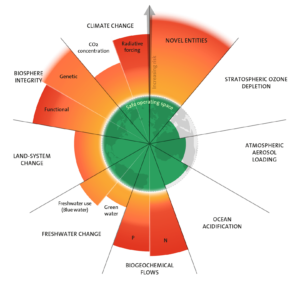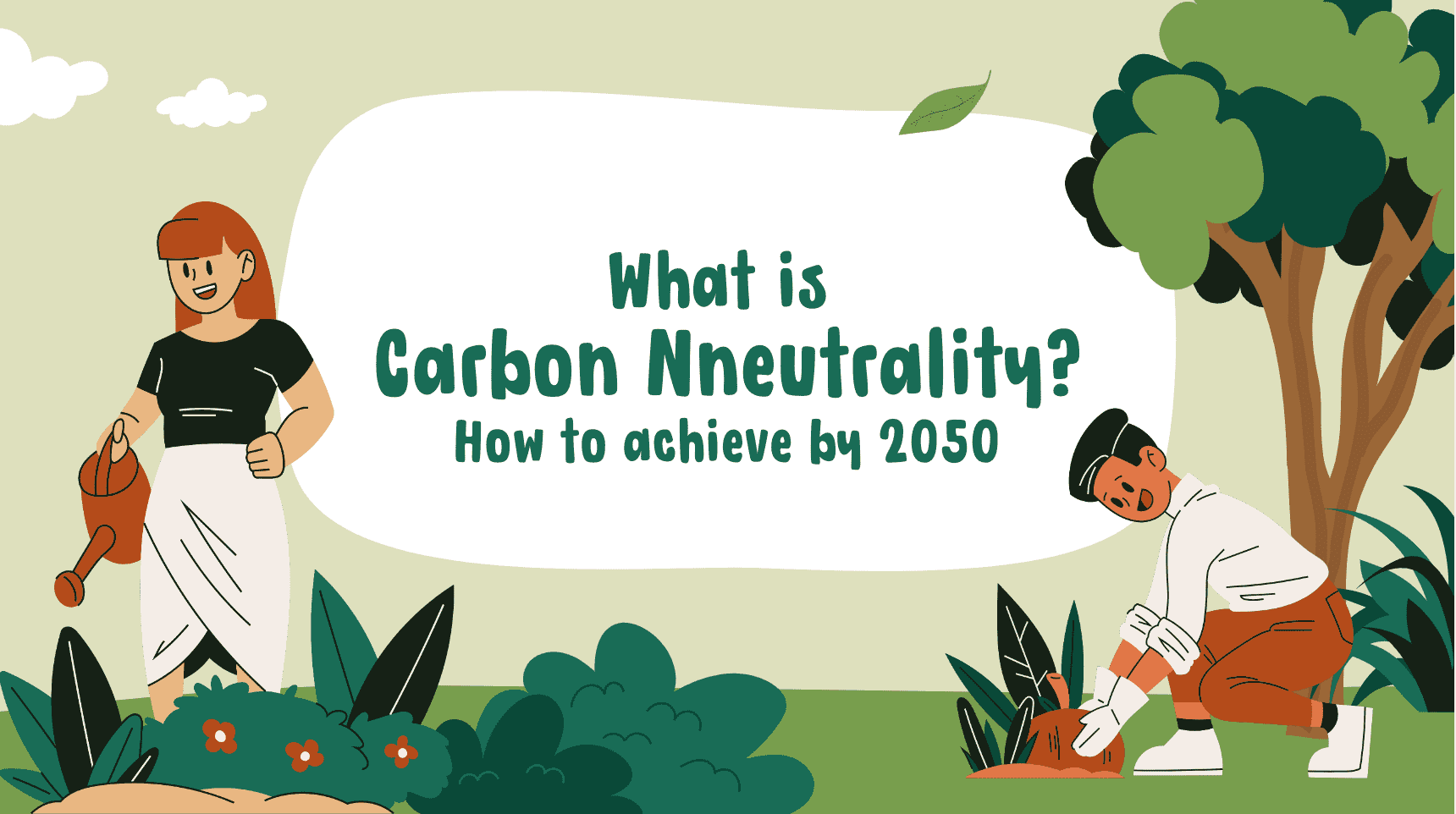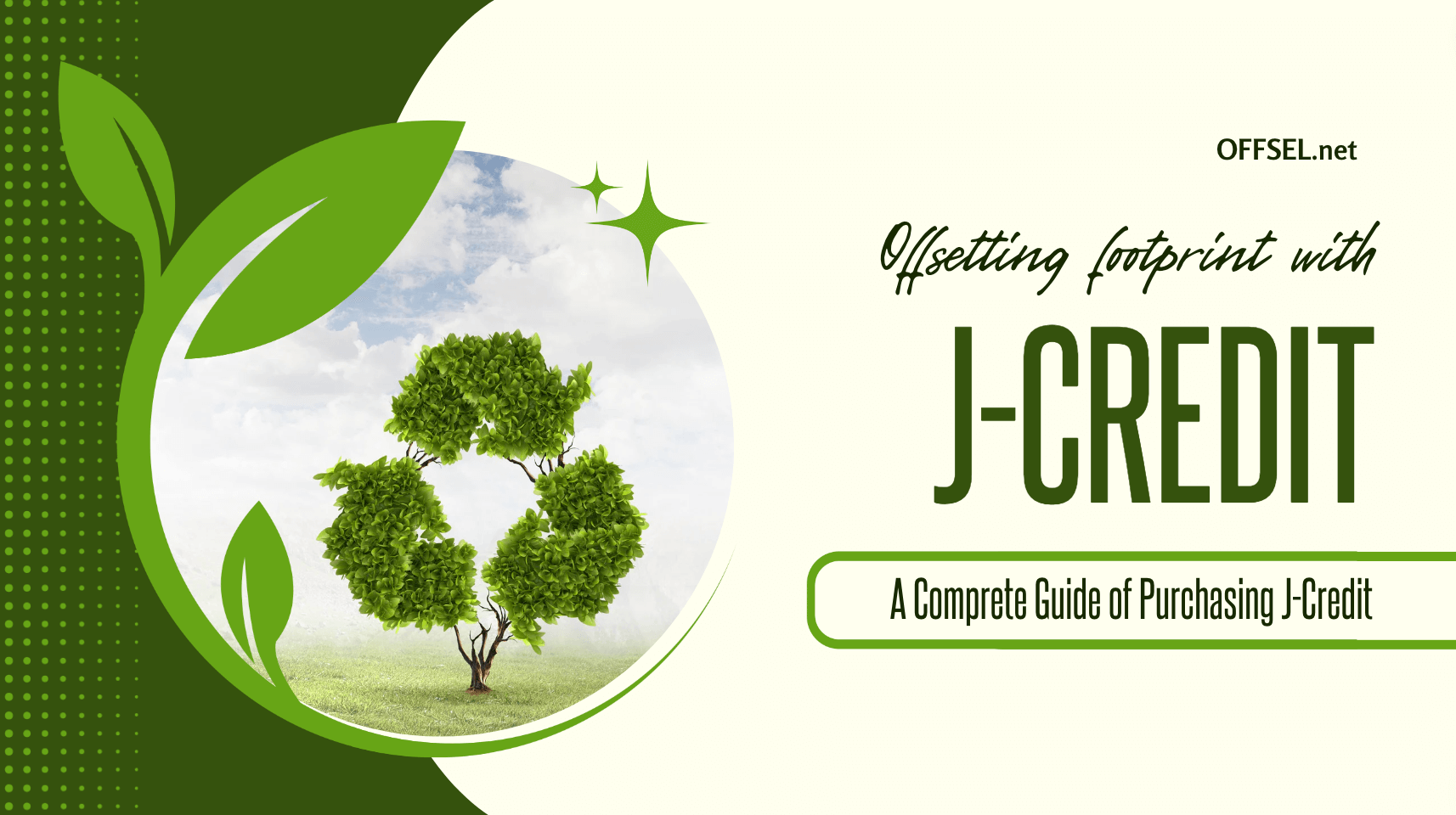Understanding Planetary Boundaries: Protecting Earth’s Future
- CO2-reduction

Table of Contents
Introduction to Planetary Boundaries

In 2009, a transformative concept was introduced by John Rockstrom, director of the Stockholm Resilience Center, and a team of scientists. They proposed a framework called “Planetary Boundaries” to identify the environmental limits within which humanity can safely operate.
This innovative approach suggested that for the sustenance of human civilization and the pursuit of goals like poverty reduction and economic growth, it is imperative to operate within certain natural limits. This concept was a milestone in environmental science, acknowledging that our planet has boundaries that we must respect.
The Nine Planetary Boundaries
The framework consists of nine categories, each representing a critical threshold in Earth’s ecological system.
- Climate Change
- Biosphere Integrity
- Freshwater Change
- Stratospheric Ozone Depletion
- Atmospheric Aerosol Loading
- Ocean acidification
- Biogeochemical fluxes
- New entities
- Land System Change
1. Climate Change
Climate change is perhaps the most well-known planetary boundary. This boundary is defined by the concentration of greenhouse gases in the atmosphere. Exceeding this limit can lead to irreversible changes in the climate system, affecting ecosystems, sea levels, and weather patterns.
The goal is to maintain climate conditions that have supported human societies for thousands of years.
2. Biosphere Integrity
Biosphere integrity focuses on the health and diversity of life on Earth. It’s about maintaining the variety of life forms and preventing the rapid loss of species. Biodiversity loss can disrupt ecosystems and the services they provide to humanity, such as pollination, water purification, and climate regulation. Preserving the Earth’s biosphere is critical for maintaining global ecological balance and resilience.
3. Freshwater Use
This boundary concerns the consumption and pollution of freshwater resources. Excessive use or pollution of freshwater can lead to scarcity and degradation, affecting both human societies and ecosystems.
Freshwater is essential for drinking, agriculture, industry, and maintaining natural habitats. Sustainable management of this resource is vital for future generations.
4. Stratospheric Ozone Depletion
The ozone layer in the stratosphere protects Earth from harmful ultraviolet radiation. This boundary aims to prevent substances like chlorofluorocarbons (CFCs) that contribute to ozone depletion, ensuring the continued protection from UV rays. Preserving the ozone layer is crucial for preventing harmful effects on human health and ecosystems.
5. Atmospheric Aerosol Loading
Atmospheric aerosols, tiny particles suspended in the air, affect climate systems and human health.
This boundary seeks to control the concentration of aerosols to avoid altering weather patterns and cloud formation. Aerosols come from various sources, including industrial emissions, vehicle exhaust, and natural processes. Managing these particles is key to maintaining climate stability.
6. Ocean Acidification
As CO2 levels rise, oceans absorb more carbon dioxide, leading to increased acidity. This change disrupts marine ecosystems, affecting coral reefs and oceanic biodiversity. Ocean acidification poses significant risks to marine life and the services they provide, such as fisheries and carbon sequestration.
7. Biogeochemical Flows
This boundary involves the cycles of elements like nitrogen and phosphorus. Imbalances, often caused by agricultural runoff, can lead to environmental issues like algal blooms and oxygen-deprived zones in water bodies. Sustainable management of these nutrient cycles is crucial for maintaining ecosystem health and preventing eutrophication.
8. New Entities
New entities refer to novel materials and substances, such as plastics and other synthetic compounds, whose environmental impacts are not fully understood or are known to be harmful.
This boundary addresses the challenges posed by emerging pollutants and technologies, emphasizing the need for careful assessment and management of new entities entering our environment.
9. Land-System Change
Land-System Change is concerned with the conversion of natural landscapes into agricultural or urban areas. It focuses on minimizing the destruction of forests, wetlands, and other vital habitats that are crucial for biodiversity and ecological services.
Land-system change impacts climate regulation, water cycles, and habitat for countless species. Sustainable land use and conservation are essential for maintaining the balance of Earth’s ecosystems.
The Current Situation and Challenges
As of 2023, the situation is alarming. Six out of the nine planetary boundaries have already been crossed, including climate change, biosphere integrity, and biogeochemical flows.
This overstepping poses severe risks to Earth’s stability and resilience, potentially triggering large-scale environmental changes. The remaining boundaries, such as stratospheric ozone depletion and atmospheric aerosol loading, are also areas of concern.
※Source: Earth beyond six of nine planetary boundaries
The Importance of Planetary Boundaries
Understanding and managing these boundaries is crucial for the future of our planet. They provide a scientific basis for recognizing the limits of our planet’s ecosystems and the need for sustainable development. The framework highlights the urgency of transitioning to sustainable practices to ensure a stable and healthy Earth for future generations.
The Planetary Boundaries framework is not just a scientific theory but a clarion call for urgent action. It emphasizes the need for a collective global effort to respect and maintain these boundaries, ensuring a sustainable and habitable planet for future generations. It invites us to rethink our relationship with the Earth and work towards a future where human progress and planetary health are in harmony.
You May Also Interested In
A guide of Carbon Neutrality – What is the Difference between Net Zero and Decarbonization?
What Does Carbon Offsetting Mean? Explaining How To Offset Your Carbon Footprint
CONTACT US
Please feel free to contact us at anytime.
We will get back to you as soon as we
can!
Editor
OFFSEL Owned by Erevista Inc, OFFSEL is specializes in Environmental issues, especially in carbon neutrality. We primarily provide the latest information on environmental energy.




